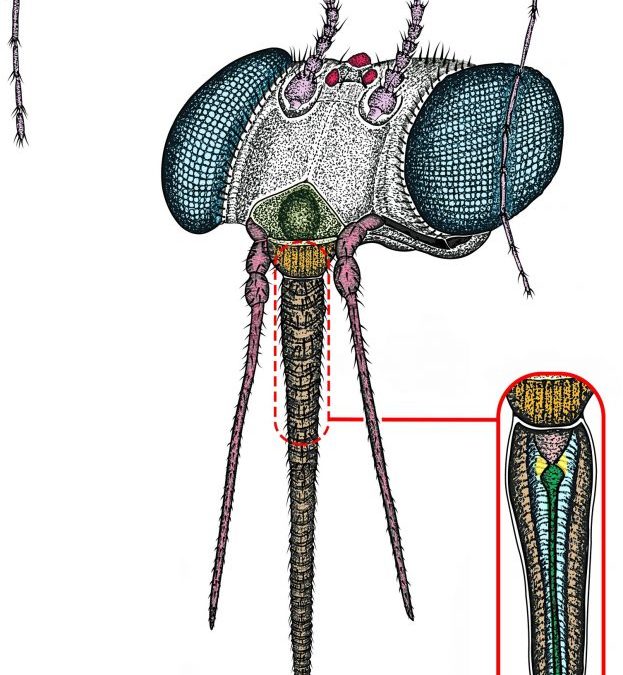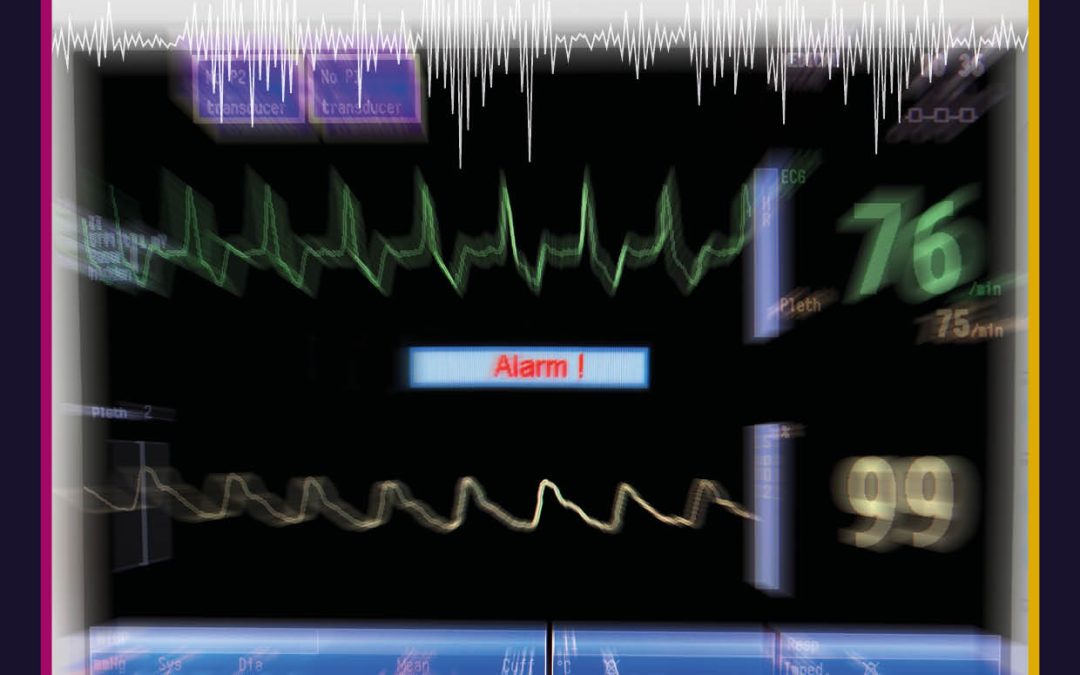
by admin | Jun 20, 2022 | biology animated, earth and environment animated, research animated
Historically, controlled forest burning in western North America created a forest patchwork that limited the size and severity of wildfires. Over the last 200 years, however, fire suppression created large areas of dense tree stands. As droughts and temperatures increase due to climate change, these dense forests are now at increasing risk from extremely severe wildfires.

by admin | Jun 17, 2022 | earth and environment animated, research animated
Historically, controlled forest burning in western North America created a forest patchwork that limited the size and severity of wildfires. Over the last 200 years, however, fire suppression created large areas of dense tree stands. As droughts and temperatures increase due to climate change, these dense forests are now at increasing risk from extremely severe wildfires.

by admin | Jun 17, 2022 | physical sciences animated, research animated
It may be surprising to know, that you – and all other mammals – are technically cynodonts. The first cynodonts appeared approximately 260 million years ago as small creatures about the size of a house cat. A particular group of cynodonts evolved to become more ‘mammal-like’, eventually evolving into the first true mammals. Dr Jennifer Botha from the National Museum, Bloemfontein in South Africa studies the anatomy and life history of specimens along the cynodont–mammalian transition, to gain key insights into the origins and evolution of mammals.

by admin | Jun 8, 2022 | health and medicine, health and medicine animated, research animated
Medical devices in hospitals use auditory interfaces to keep doctors and nurses updated while keeping their eyes focused on patients. These auditory alarms are crucial for complex procedures, such as placing a breathing tube. Unfortunately, the specific sounds used in current systems are highly problematic. The lack of sophistication in these tones render them annoying and distracting, harming communication amongst medical staff and posing risks for patient care. An FDA survey has revealed hundreds of deaths annually resulting from poorly designed alarms! Although there are many ways to improve their use, one solution has received little attention thus far – improving the quality of the sounds themselves.

by admin | May 18, 2022 | arts and humanities animated, behavioural sciences animated, research animated
Young people are central to a country’s growth and development, as they bring fresh perspectives and innovation. However, the path towards gaining full inclusion in society can be arduous for many youths, particularly those from marginalised and disadvantaged backgrounds.

by admin | May 18, 2022 | arts and humanities, arts and humanities animated, research animated
Young people are central to a country’s growth and development, as they bring fresh perspectives and innovation. However, the path towards gaining full inclusion in society can be arduous for many youths, particularly those from marginalised and disadvantaged backgrounds.





